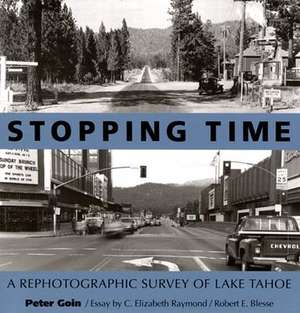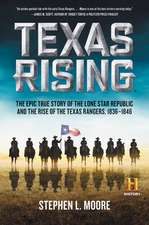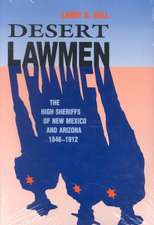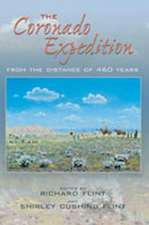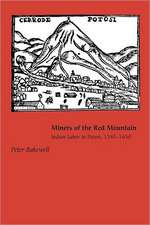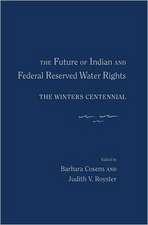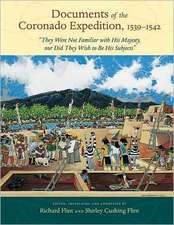Stopping Time: A Rephotographic Survey of Lake Tahoe
Autor Peter Goin, P. Goin C. Elizabeth Raymonden Limba Engleză Paperback – 30 apr 1992
Preț: 245.68 lei
Nou
Puncte Express: 369
Preț estimativ în valută:
47.01€ • 50.27$ • 39.20£
47.01€ • 50.27$ • 39.20£
Carte disponibilă
Livrare economică 27 martie-10 aprilie
Preluare comenzi: 021 569.72.76
Specificații
ISBN-13: 9780826312853
ISBN-10: 0826312853
Pagini: 134
Dimensiuni: 268 x 277 x 12 mm
Greutate: 0.9 kg
Ediția:New.
Editura: University of New Mexico Press
ISBN-10: 0826312853
Pagini: 134
Dimensiuni: 268 x 277 x 12 mm
Greutate: 0.9 kg
Ediția:New.
Editura: University of New Mexico Press
Textul de pe ultima copertă
Lake Tahoe is one of America's most pristine, beautiful alpine lakes. Nestled in the Sierra Nevada at 6,229 feet above sea level, Lake Tahoe has also become an important symbol for issues dealing with land and water use, resource management, urban growth, and, most important here, how we perceive the landscape. Starting with nineteenth-century photographs from a variety of national and local archives, the authors have provided more than one hundred comparative photographs representing a visual document of the evolving landscape within the Tahoe Basin. Lake Tahoe attracted tourists in droves in the late nineteenth century, but the logging industry wrought extensive damage to the land. Now, as second-growth forests are maturing, new problems challenge the Tahoe basin's identity. Well known for the clarity of its deep water, the lake is now threatened by urban sewage and motor boat traffic. The fish population has yet to return to its presettlement abundance. Ever-increasing building demands confront the fragile ecosystem. From the beginning of permanent settlements at Lake Tahoe, the basin was viewed as both a mining resource and a resort area, identities which have come to be contradictory. Stopping Time confronts issues that have come to the fore in the late twentieth century--how we use the land, how we perceive the landscape, and what our perceptions mean for the future. The notion of an "ideal landscape" is explored in Elizabeth Raymond's informative essay, and how that notion itself has evolved since the nineteenth century. This book is essential to anyone concerned with the visual record of the American continent and with how our attitudes and ideals interact with the ever-pressingneed to preserve our national resources like Lake Tahoe.
